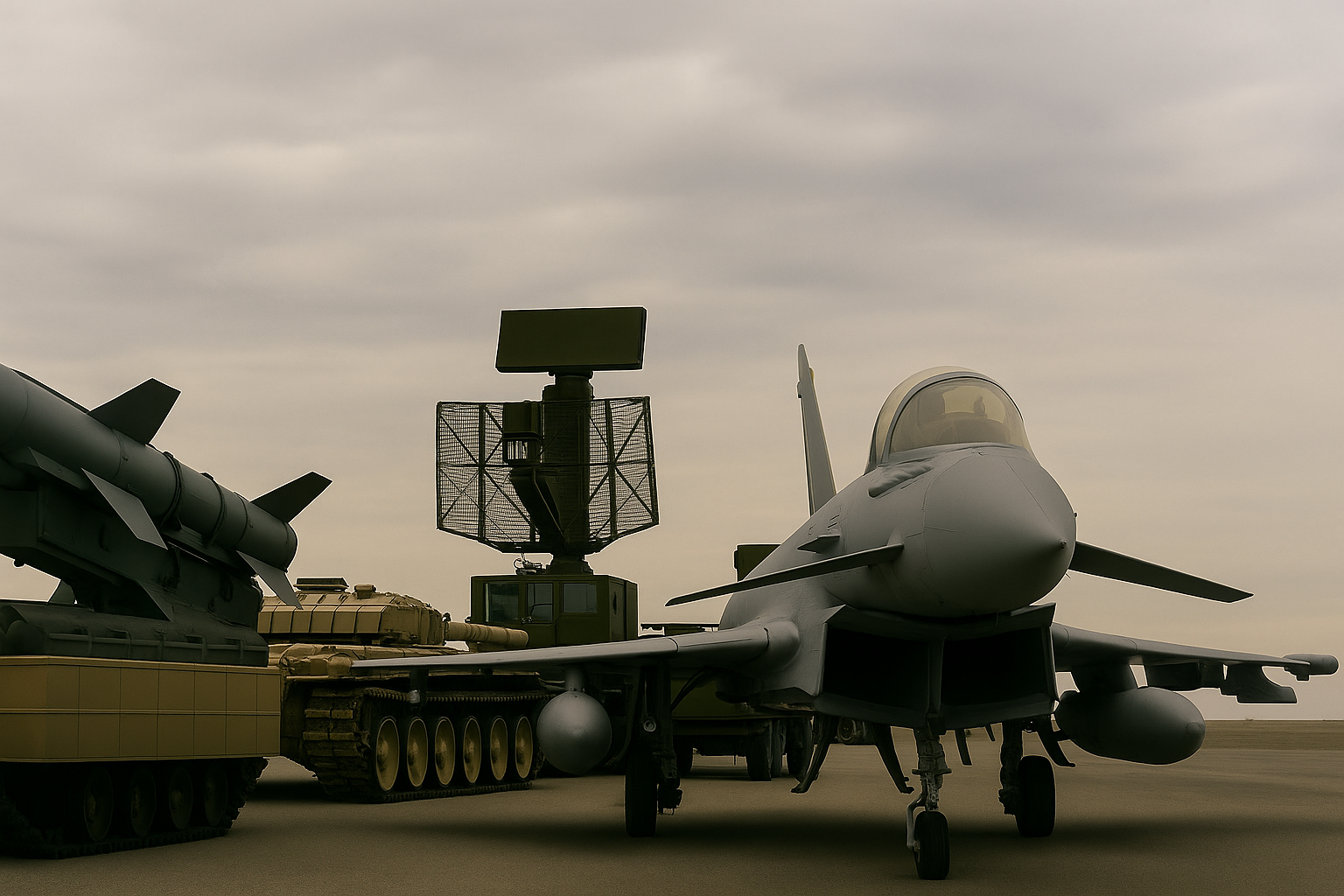Indian Defence Industry Expects Fresh Orders Up To Rs 40,000 Crore: Report

India's defence industry is expecting a substantial replenishment orderbook following Operation Sindoor. Image courtesy: AI-generated image via DALL-E
India’s defence allocation for the financial year 2025–26 stands at Rs 6.81 lakh crore, with industry estimates suggesting it could cross Rs 7 lakh crore in the coming fiscal due to fresh procurement orders and increased focus on next-generation systems. CNBC-TV18, citing sources, reported that replenishment orders alone could account for Rs 30,000–Rs 40,000 crore, aimed at replacing equipment consumed in recent operations and exercises.
This projected rise in defence spending continues a decade-long trend under the Narendra Modi-led government. Since FY2014–15, when the budget stood at Rs 2.29 lakh crore, India’s defence allocation has nearly tripled. Defence now comprises approximately 13.45 per cent of the total national budget.
What areas are driving the increase?
Key drivers of the anticipated budget expansion include the growing emphasis on low-cost, indigenously manufactured ammunition, and the rapid development of artificial intelligence (AI)-enabled systems. Among the priorities are loitering munitions capable of autonomous target identification and neutralisation— especially relevant in counter-terrorism and precision strike scenarios.
Sources also indicated an increased focus on unmanned systems across all domains: land, air, and sea.
India may be actively looking to scale up indigenous development of drones, unmanned ground vehicles (UGVs), and unmanned underwater vehicles (UUVs) to strengthen surveillance and combat operations while minimising human risk.
Another area of interest is foliage-penetrating radar, which is considered essential for jungle warfare and locating concealed threats. The need for advanced robotics and stealth-capable weapons is also being cited as critical to India’s evolving battlefield environment.
What does this mean for India’s defence manufacturing ecosystem?
The anticipated rise in procurement orders could give a further boost to India’s defence manufacturing sector, especially under the “Aatmanirbhar Bharat” initiative. The government is expected to push for greater indigenisation of propulsion systems for the Indian Navy— a move that would reduce dependence on foreign suppliers for core technologies in surface ships and submarines.
Domestic firms are also likely to benefit from continued investment in missile development programs, including ballistic, cruise, and hypersonic systems. India is already conducting advanced trials of several missile systems and is expected to accelerate timelines for operational deployment.
The air defence sector is another priority, with efforts underway to expand India’s layered defence grid against aerial threats. This includes indigenous systems like Akash, as well as newer technologies being developed in coordination with the Defence Research and Development Organisation (DRDO) and private industry partners.







